To many, the large concrete block building at the west end of Clark Lake is a mystery. It has stood on Vining Street for as many years as anyone can remember. Few saw it used, or even, occupied in any way. Some wondered who owns it? Why is it here? Does the unoccupied house just to the west of it have any connection to it? Then, there are the rumors.
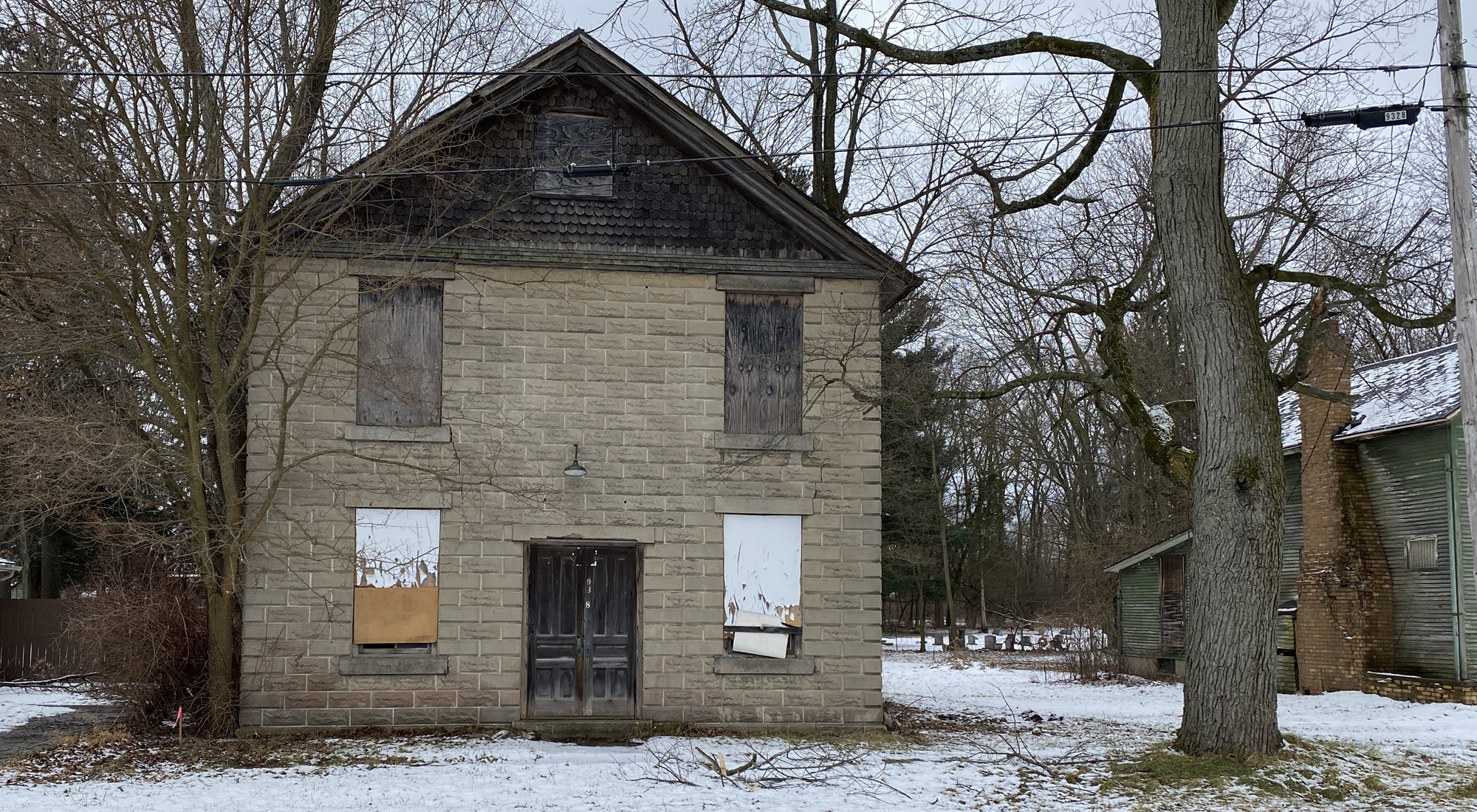
Until recently, the building and the house were owned by Vicki Ruiz. She and her husband, Clem, live on Clark Lake’s north shore. They have strong connections to the lake, including the Lions Club where both have been past district governors.
Vicki grew up in the house next door to the Vining Street building. Her parents, Irwin and Frances Bloom, acquired the concrete block building early in the 1950s. Her father used it as a workshop, and it was a handy place to store things. Vicki says “I played in that building when I was girl.” On the blackboard on the first level “I would write things. I drew a cat on it that was there for many years.” On the same floor on the south end, a stage looks out into the large room. It could be entered from a back hallway. Behind it is a large furnace that hasn’t operated for years.
Take the tour:
What was the building’s original purpose?
The second story and an attic reveal more about the building’s past. The large upstairs room was possibly used for dances or other social occasions. A piano sets up against the east wall near the front of the room. Up above the north wall is a symbol. That symbol is an important clue that suggests who used that building before Vicki’s parents acquired it.
Now, about the rumors.
In the attic was something that has caused whispers around the lake. What was up there? A coffin. Did it have a skeleton in it as some have said? Vicki says “I’ve heard that it did, but I never saw it myself.” The coffin was brought down to the first floor, where it remains for now. Determining why it was there in the first place requires further investigation.
Some at the lake have referred to this building as a grange hall or lodge. Looking at its amenities, that makes sense. On the first floor is a blackboard, with hooks above it for hanging jackets. Performances or speeches could have been made from the stage. The actors or speaker could enter the stage unseen by those in the hall through the back hallway, which can be accessed from an outside door. The large upstairs room has a piano–you have to wonder what tune was last played on it. A few of the keys still work. A room to the back might have been used for serving refreshments.
If this were a lodge, what group occupied it? Shriners, Lions, or some other club? The salient clue is high on the north wall. This symbol, visible to the entire second floor, appears to be the same as the one displayed by the Independent Order of Odd Fellows.


Then comes the question why was a coffin in the building? Did it have something to do with the proximity of the Clark Lake Cemetery next door? Or did the Odd Fellows have some reason to have a coffin? An inquiry with the Sovereign Grand Lodge of the Independent Order of Odd Fellows brought this response from spokesperson Ainslee Heilich. “Sounds like it may be an old Lodge building especially because you found the coffin which we use while Initiating new members.”
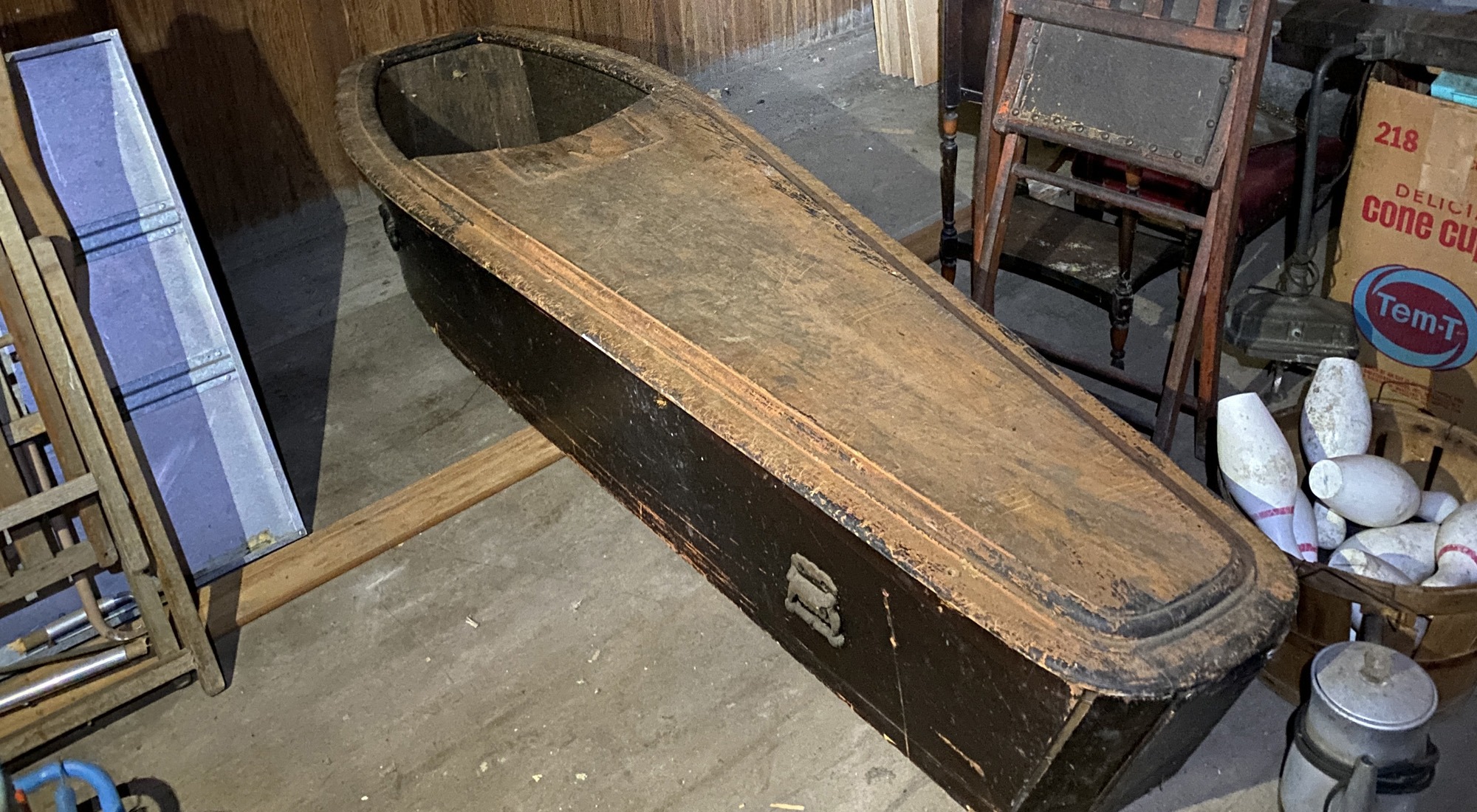
Online research revealed this: “Throughout the past few decades and across the country, people using, exploring, and renovating these buildings have opened a drawer or pulled up some false floorboards and been faced with a set of human bones.” The same article notes the Odd Fellows had certain rites and rituals meant to facilitate the group’s values. “One of these is a new member ceremony that includes, at some point, an encounter with a skeleton.” An Odd Fellows contact explained the “lodge members are acting out a drama… [and] the skeleton merely represents the mortality of mankind.”
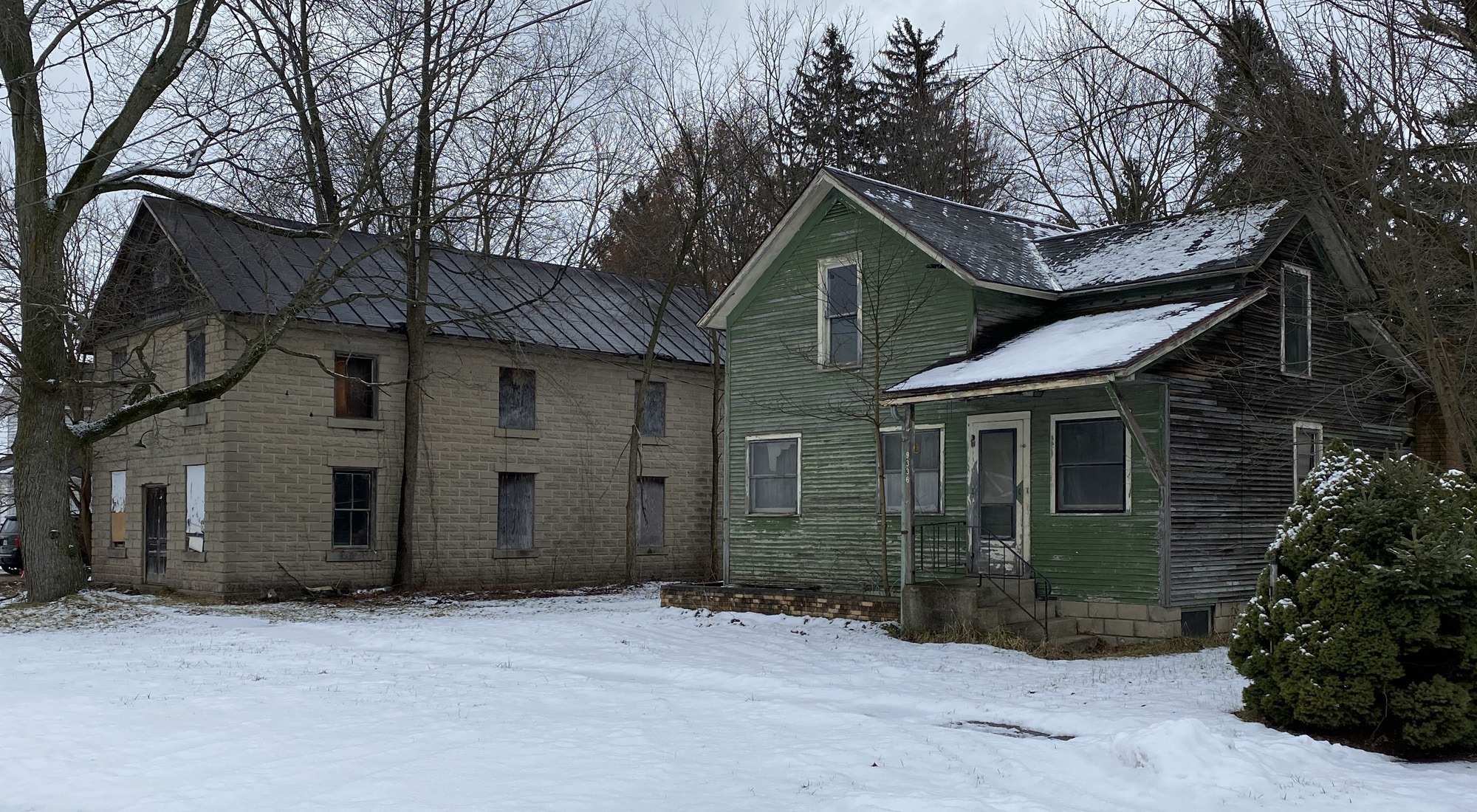
Vicki Ruiz’s mother, lived in the house next to the building until 2005, and passed away in 2007. Her father died in 1989. Both rest in the Clark Lake Cemetery.
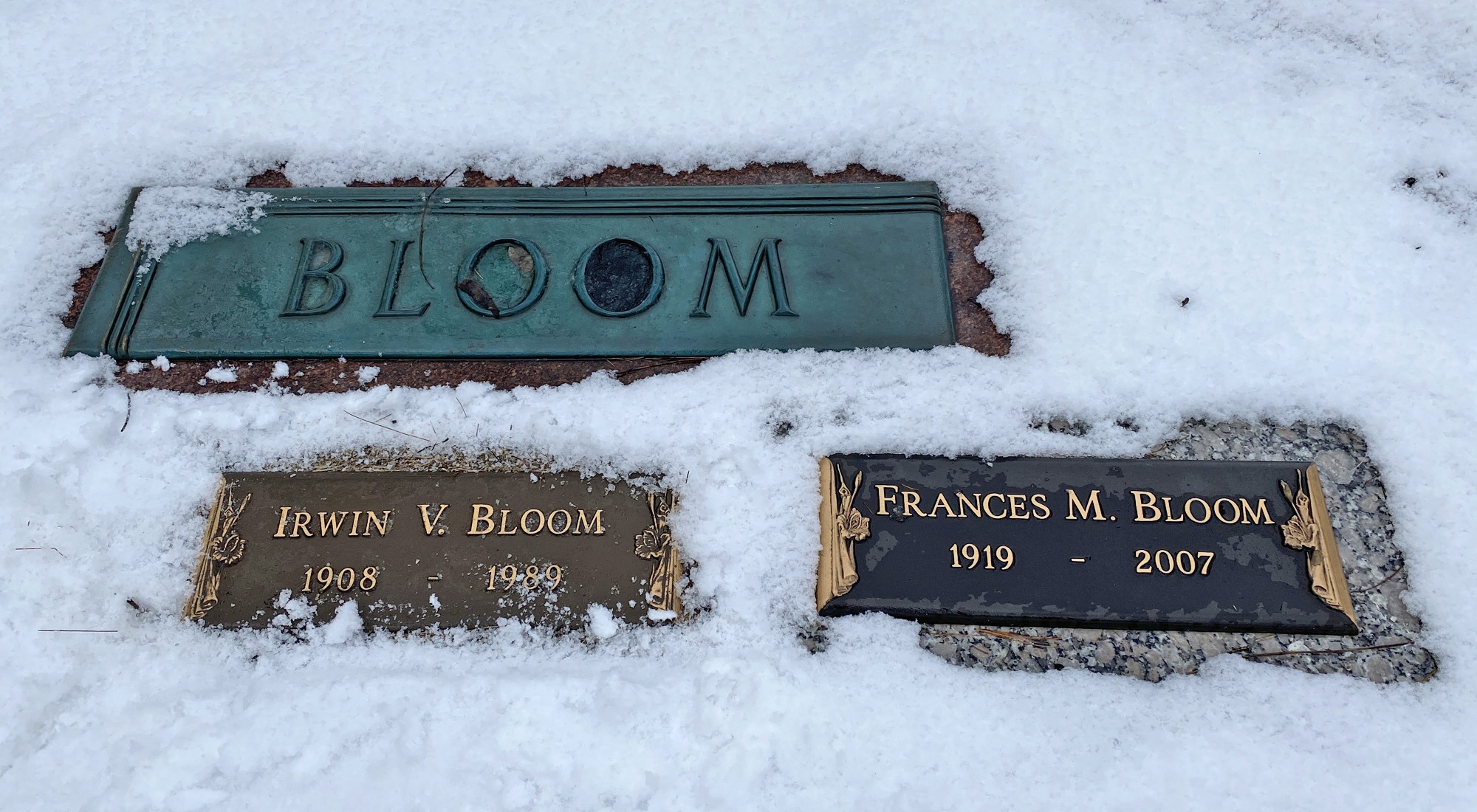
Recently, this building, and the house to the west of it, changed hands. Who are the new owners and what are their plans? That story, next, along with more on the historical significance of Vining Street, the heart of what became the Clark Lake Village.



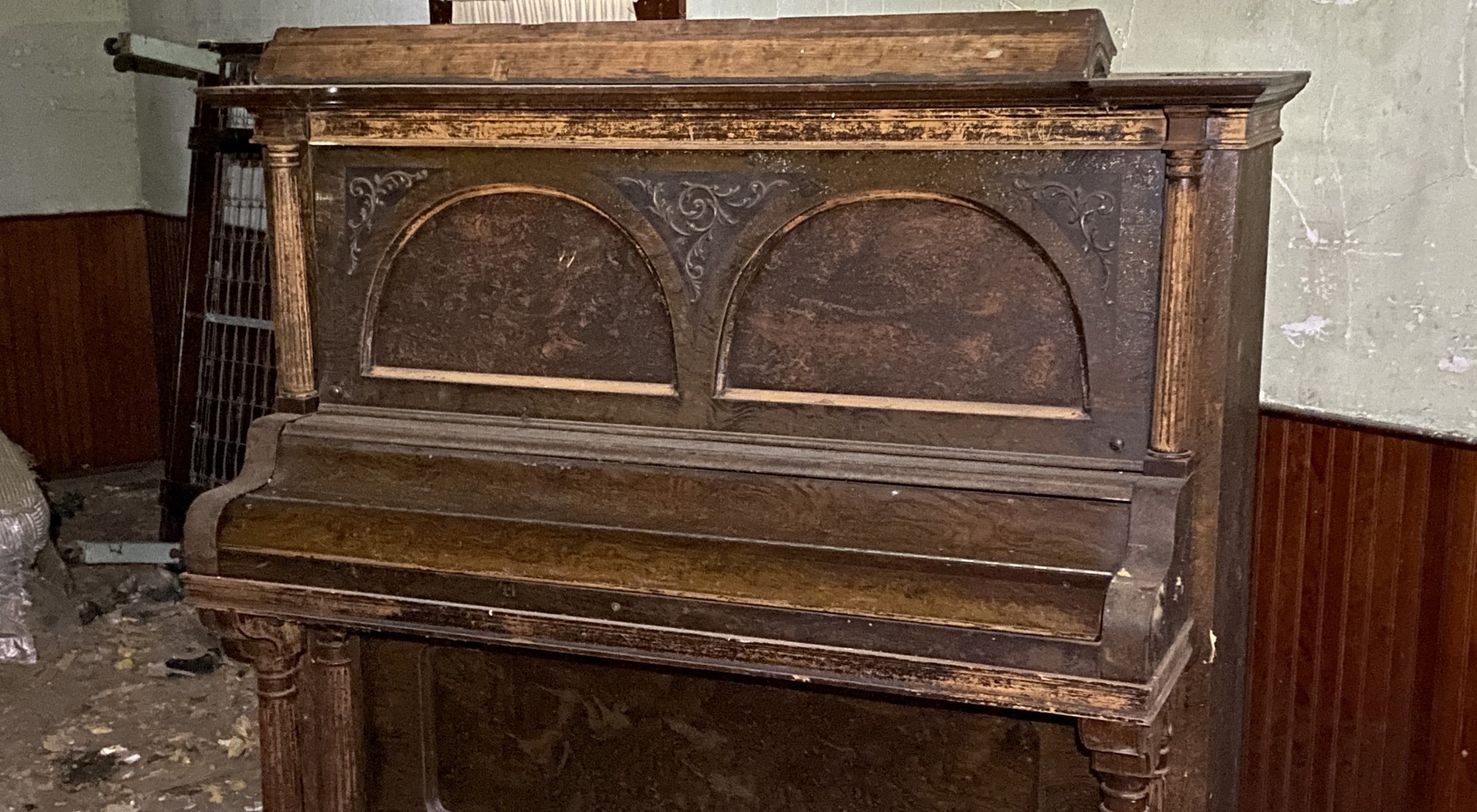
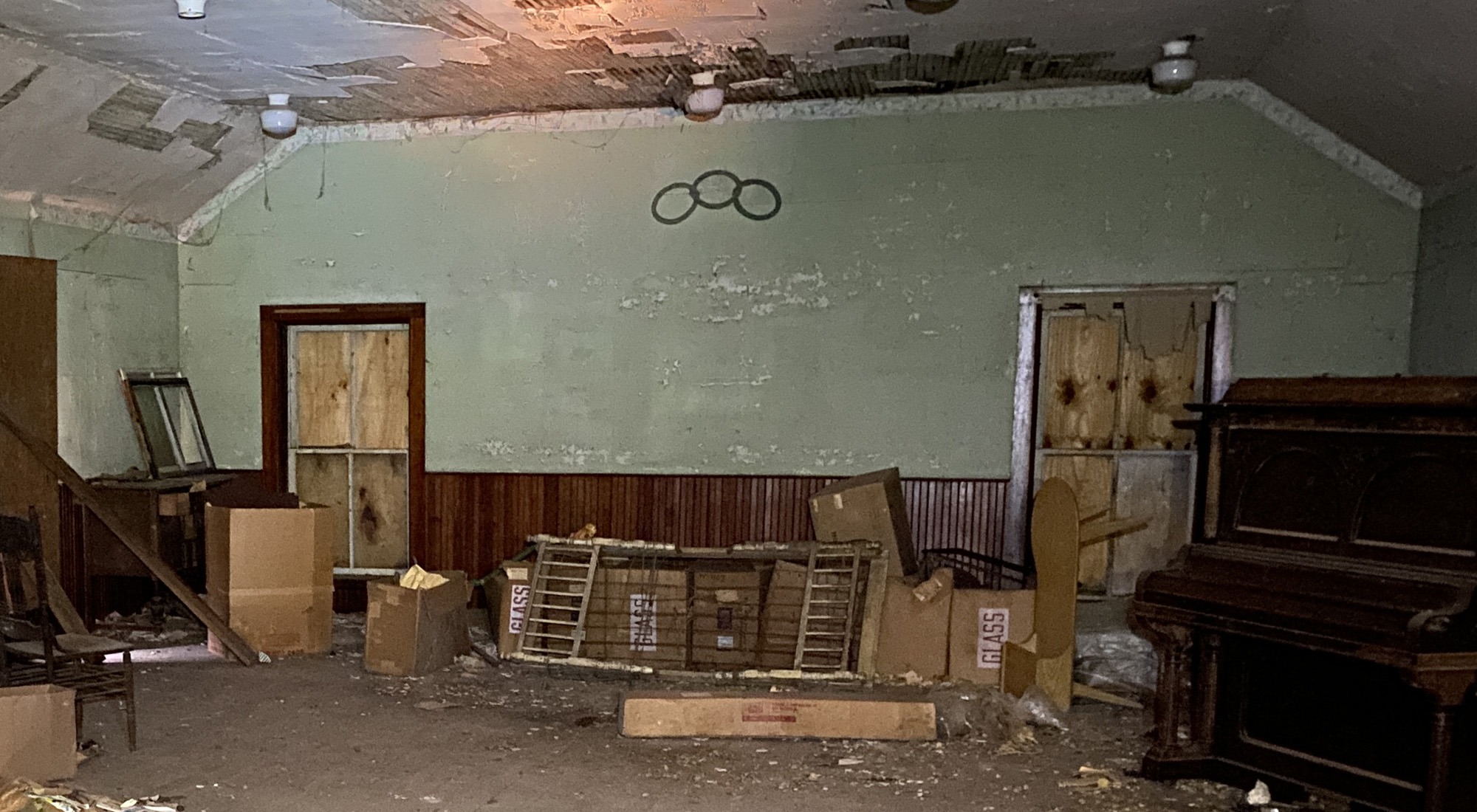
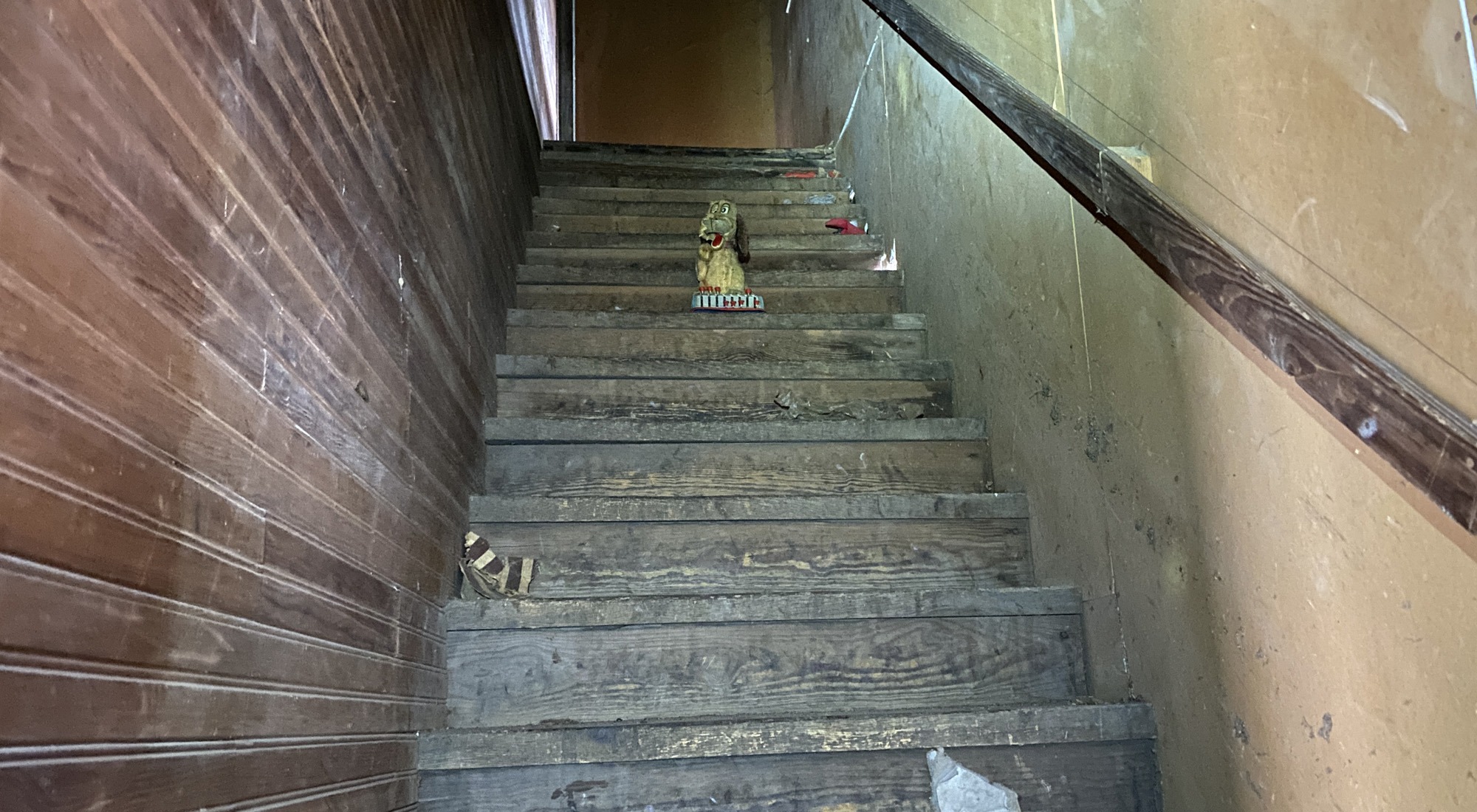
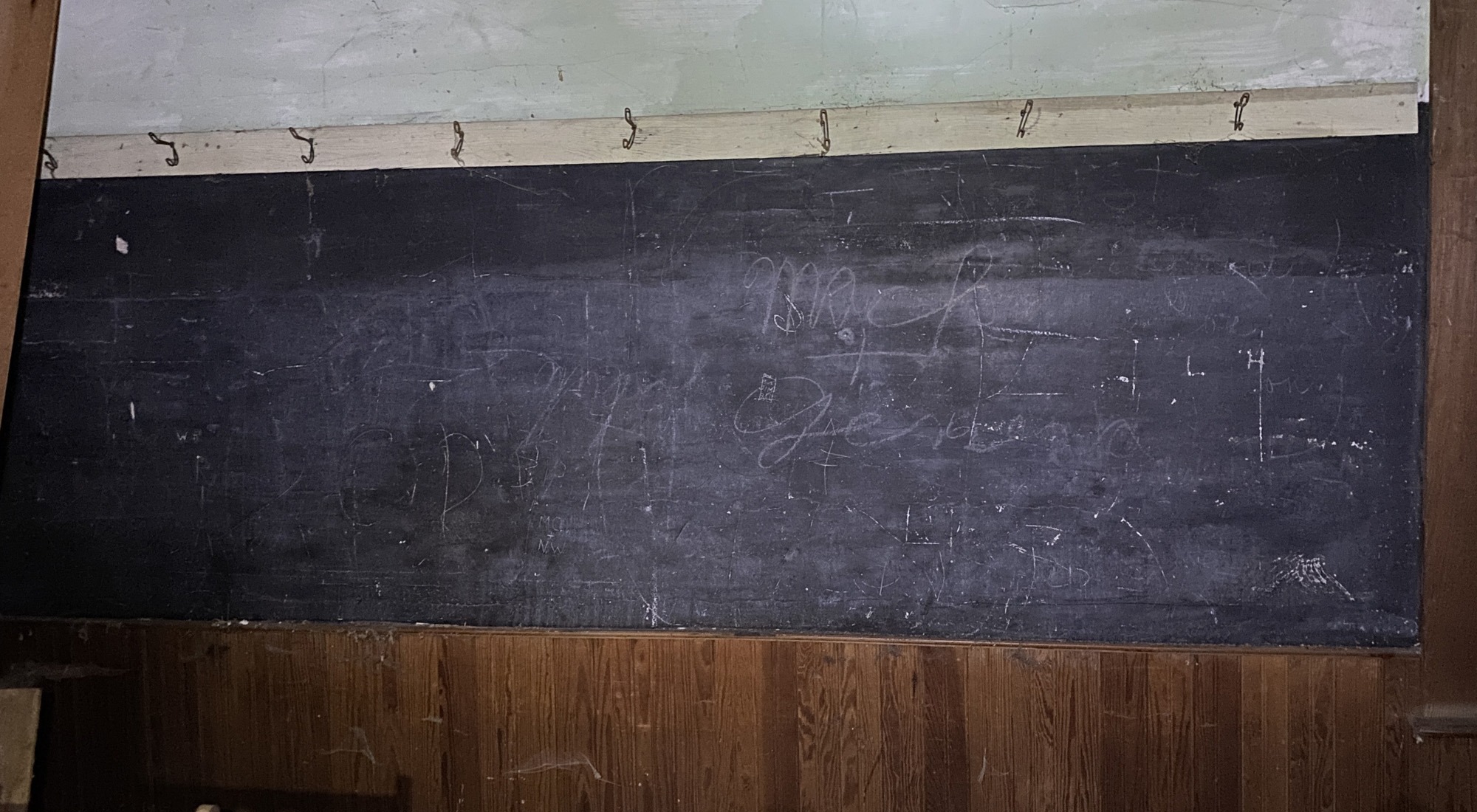










Very interesting! Love all the photos. I’ve been curious about that building since I moved to the area back in 1991 and especially since building my house at the end of Vining in 2004. Can’t wait to read the next installment! I’m enjoying learning about the history of this area and the street I live on.
When I was a teenager (50s) we used to hold square dances in the old Oddfellows Hall.
Great sleuthing, Rick.
As a pre-teen I remember the dances and looked forward to saturday nights to gather with the other kids. I don’t remember dancing much, but the “he-n and she-n” was great fun. I was 12 at that time and my family had just moved to 8814 no. shore drive. We attended the church and helped build the parsonage for Rev. White.
I have owned property on Vining since 1989. Mr. Jensen across the street has many stories to tell. Myself I watched many families grow up with lots of kids to play with, of which are now all grown with children of there own. It used to be a place for families to make good memories. Neighbors would get together and have bonfires, or pass dishes of cookies to neighbors at Christmas. Life changes and people keep to themselves. There are many years of changes to add to the Clarklake book. Its not been updated in years. Before more elders are gone, should be added.
Wow… It’s been along time since I’ve seen inside… I remember the coffin quite vividly… Mr. Bloom (Irwin) took me through as a kid once… I lived next door to them from the 60s to the 90s
I have always wondered about that building. Great post and pictures. Very interesting.
Very interesting. Thank you.
My dad, Don Merry remembers Square dances and drinking parties there in the late 1930s and early 1940s. They would find empty wine bottles in their yard the next morning! He lived on Vining with his mother, Dell Merry the post master and grandma Ella Lewis who was a MacCready daughter.
I remember my parents taking my siblings and I to that building for dinners in the summer. It was extremely hot inside as I remember. This was in the early fifties.
As a kid in the 60s I remember walking past this building and seeing a very large bee hive in it or maybe a hornets nest. It always seemed to be there year after year.